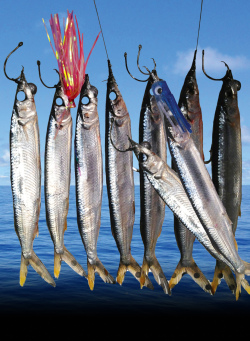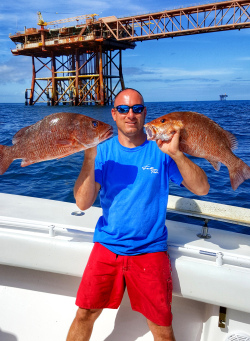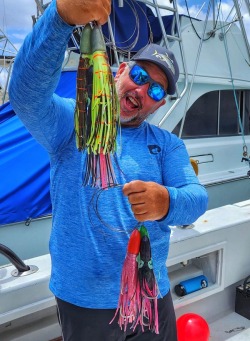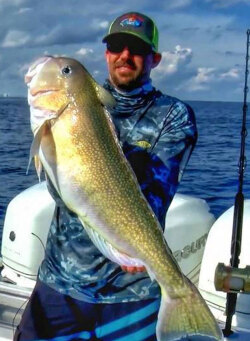Capt. Patrick Smith is a South Florida fishing guide specializing in reef fishing, blackfin tuna, kingfish, snook, bowfin, largemouth bass, peacock bass, and gator hunting. He teaches simple, straightforward methods for catching gamefish, using live and hooked baits, and demonstrating jigs and poppers.
Reef Fishing - Trolling South Florida Nearshore
(00:52:19)
Watch Full Video
View Short Trailer
Instructor:
Patrick Smith
Description
/
Review
/
Instructor
Key Takeaways from the Video:
- The Florida Reef System stretches approximately 350 miles from the Florida Keys to Jupiter
- Snapper, grouper, kingfish, blackfin tuna, dolphin, amberjack, African pompano, sailfish, wahoo
- Reef fishing techniques include trolling, live baiting, jigging, drifting, and anchoring
Login
to leave a review.
User Reviews
There are no reviews yet.We Recommend
0




